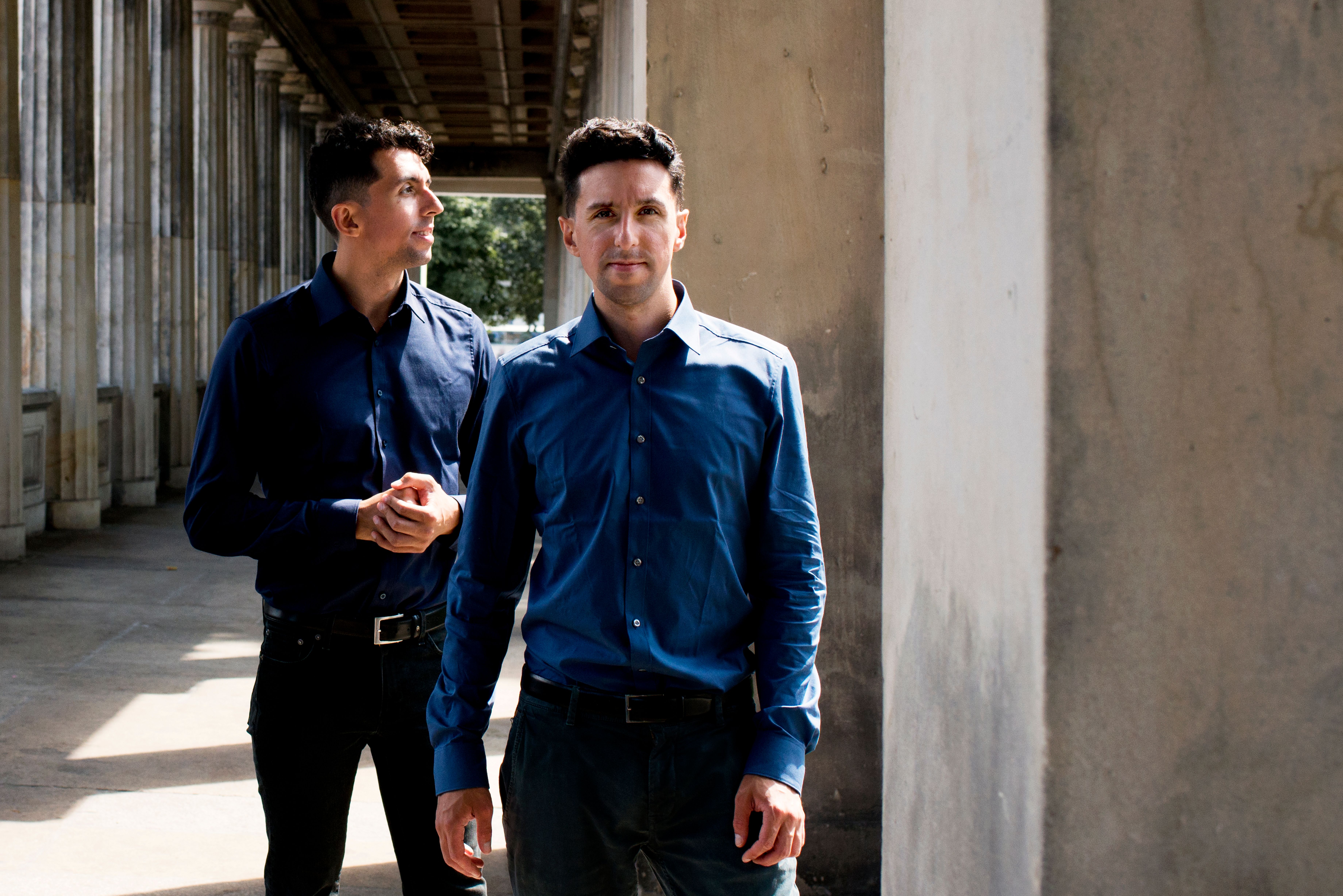Team
Origin Story

Nanotech is biology seen through. Nature prefigures how substances and processes must be designed to create optimal utility. Examples are the lens eye in cameras, sonar in submarines for sound localization or the shape principles of the bone structure as a model for bionic components in mechanics. The fact that humans find their inspiration for problem-solving strategies in nature had always fascinated evolutionary biologist Claudio Flores.
In 2021, he and his twin brother Danilo founded the nanotechnology company Mimotype Technologies., which is developing novel material systems for bio-inspired, organic semiconductor technology that will enable light generation modeled on nature. Their advantage: in contrast to common LED light sources, whose production requires rare earths and heavy metals, so-called OLEDs (organic light-emitting diodes) are considered to be a sustainable as well as more health-friendly successor technology. Inspired by bioluminescent marine life, Mimotype is bringing a new generation of organic semiconductor material to the growing photonics market, which is one of the fastest growing electronics sectors with a market volume of 2.5 trillion euros.
In order to bring the product to market, a research cooperation was established between the young Berlin-based nanotechnology company and the Hybrid Devices Group at the Humboldt University of Berlin, headed by Prof. List-Kratochvil. Together, they are researching so-called biogenic nanophotonic arrays (BNAs) – novel material systems for a bio-inspired, organic semiconductor technology. This should enable light generation modelled on nature.
At IRIS Adlershof, Mimotype has access to state-of-the-art laboratories with facilities for evaporation and solubility processing of the powdered emitter materials. Prof. List-Kratovil's research group also assists the Berlin-based deep-tech startup with conceptual questions.
Claudio Flores explains why Mimotype is reinventing light:
"Electroluminescent and fluorescent biomolecules open up application fields such as hydrogel-based light-emitting diodes for medical use in the wearable sector, high-end lighting experiences for the automotive, aerospace, marine sectors, as well as innovative textile fibers - in the medium term, our goal is to provide local and secured production for large-scale and low-cost lighting and signage in an environmentally friendly way. Our motto: 'Solving Toxic Light'. Not only the materials contained in current construction elements are harmful to the environment, but also the light spectra to which humans, animals and plants are constantly exposed. We're improving that with ecologically seamless lighting."
